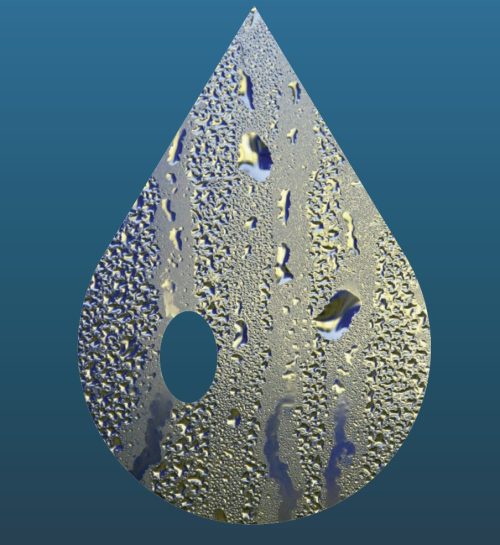Condensation Damp and Mould

The impact of high increased energy costs means that many people may struggle to heat their homes as well as is required. The result of this will inevitably have an effect on the home environment and comfort levels and more houses will suffer from damp conditions than ever before. However, the moisture damage from Condensation could also eventually impact your house’s structure, and the impact of the resulting fungus from mould has become front page news recently.
Condensation is the main type of damp that central heating helps to combat, often found in rooms that don’t get used as much as others. However, damp is often found behind furniture, where air circulation is poor and where moist air becomes trapped in your house and seeks out the colder surfaces to settle upon.
Signs to look out for are water tide marks on windows and walls, which will stream, causing deterioration of decoration, discolouring of window frames and eventually the growth of black mould.
Bathrooms are one of the most common areas where condensation occurs and whilst extractor fans can help, they often won’t fully solve the problem on their own. Therefore, it is important to keep the bathroom door shut as much as possible to prevent moisture from escaping into other areas of your home.
Daily removal of condensation from windows, walls and surfaces – using a towel or cloth – will help prevent mould growth.
These steps can help you reduce the condensation in your home:
• Produce less moisture cooking and always use ventilation. Always keep lids on pots when in use.
• Ventilate rooms, but particularly the Bathroom or Kitchen and if you have to dry clothes inside, do this in either the bathroom or kitchen, where there is usually an extractor fan and / or window and also keep the door shut to isolate the moisture. Try to keep bedroom doors closed also to ensure that moisture does not spread to bedrooms which are often colder and more susceptible to condensation.
• Allow for adequate airflow to circulate in and around your furniture and try to avoid putting furniture against external walls. Wardrobes filled with too many things can also inhibit air circulation and lead to mould growth.
• People also produce moisture and during the night, one adult will produce about half a litre of moisture. Therefore keep window trickle vents open, especially during the night.
• Try to heat your home a little more as when the whole house is warmer, condensation is less likely to occur. During cold spells a low heat for a long time is better than switching heaters on high for a shorter period. Where possible, try to heat the whole house, to provide some warmth in all rooms, including unused rooms. However, If it is not possible to heat the whole house ensure that doors to unheated areas are closed when using the kitchen or bathroom to prevent the spread of moisture.
Remember… Condensation = EXCESS MOISTURE, INADEQUATE HEATING, INADEQUATE VENTILATION and COLD SURFACES
Our leaflet on condensation provides more information and is available here.
If you report condensation, damp or mould to us, our staff will follow this procedure.




